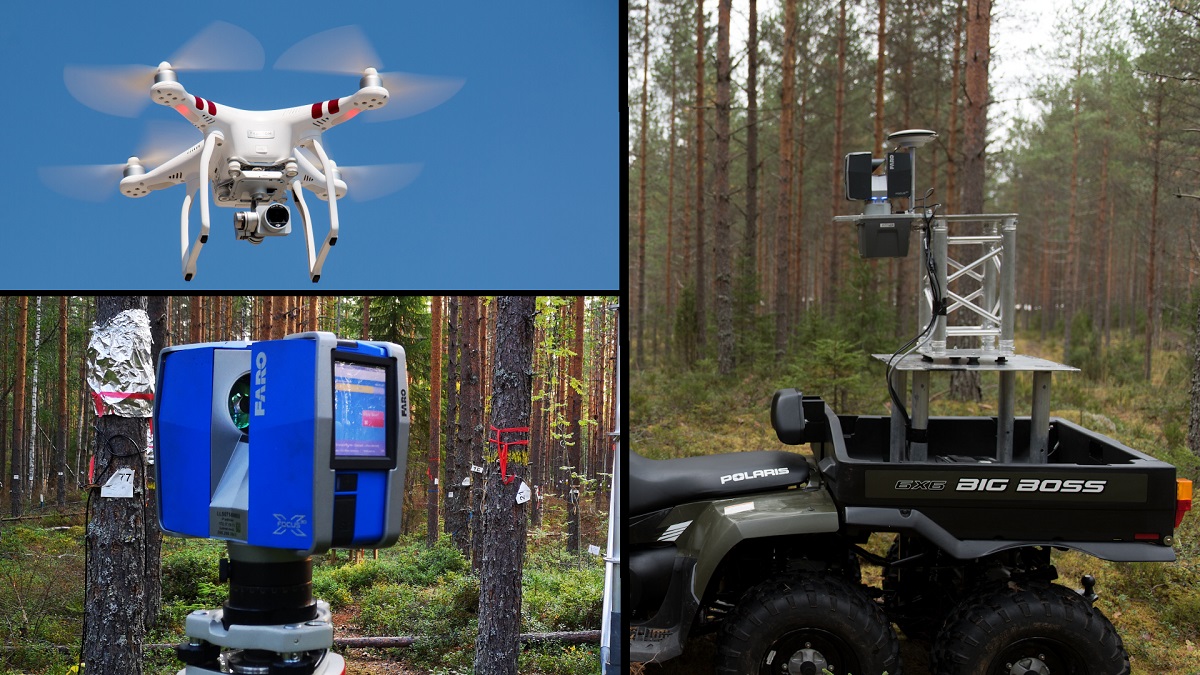In this review, we summarize the current state-of-the-art in the utilization of close-range sensing in forest monitoring. We include technologies, such as terrestrial and mobile laser scanning as well as unmanned aerial vehicles, which are mainly used for collecting detailed information from single trees, forest patches or small forested landscapes. Based on the current published scientific literature, the capacity to characterize changes in forest ecosystems using close-range sensing has clearly been recognized. Forest growth has been the most investigated cause for changes and terrestrial laser scanner the most applied sensor for capturing forest structural changes. Unmanned aerial vehicles, on the other hand, have been used to acquire aerial imagery for detecting tree height growth and monitoring forest health. Mobile laser scanning has not yet been used in forest change monitoring except for a few early investigations. Considering the length of the forest growth process, investigated time spans have been rather short, less than 10 years. In addition, data from only two time points have been used in many of the studies, which has further been limiting the capability of understanding dynamics related to forest growth. In general, method development and quantification of changes have been the main interests so far regardless of the driver of change. This shows that the close-range remote sensing community has just started to explore the time dimension and its possibilities for forest characterization.

